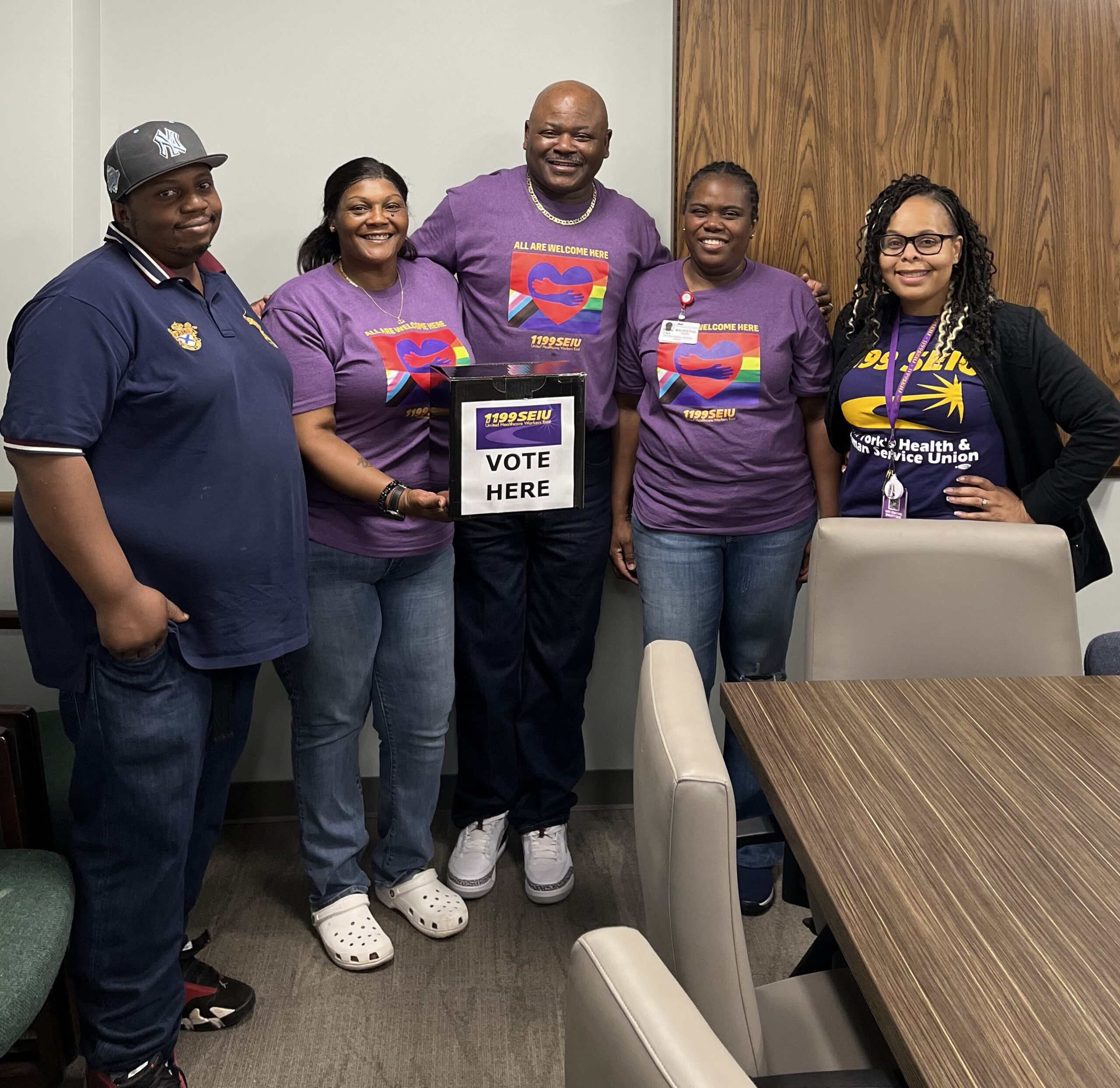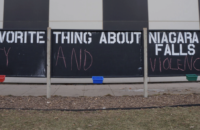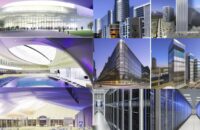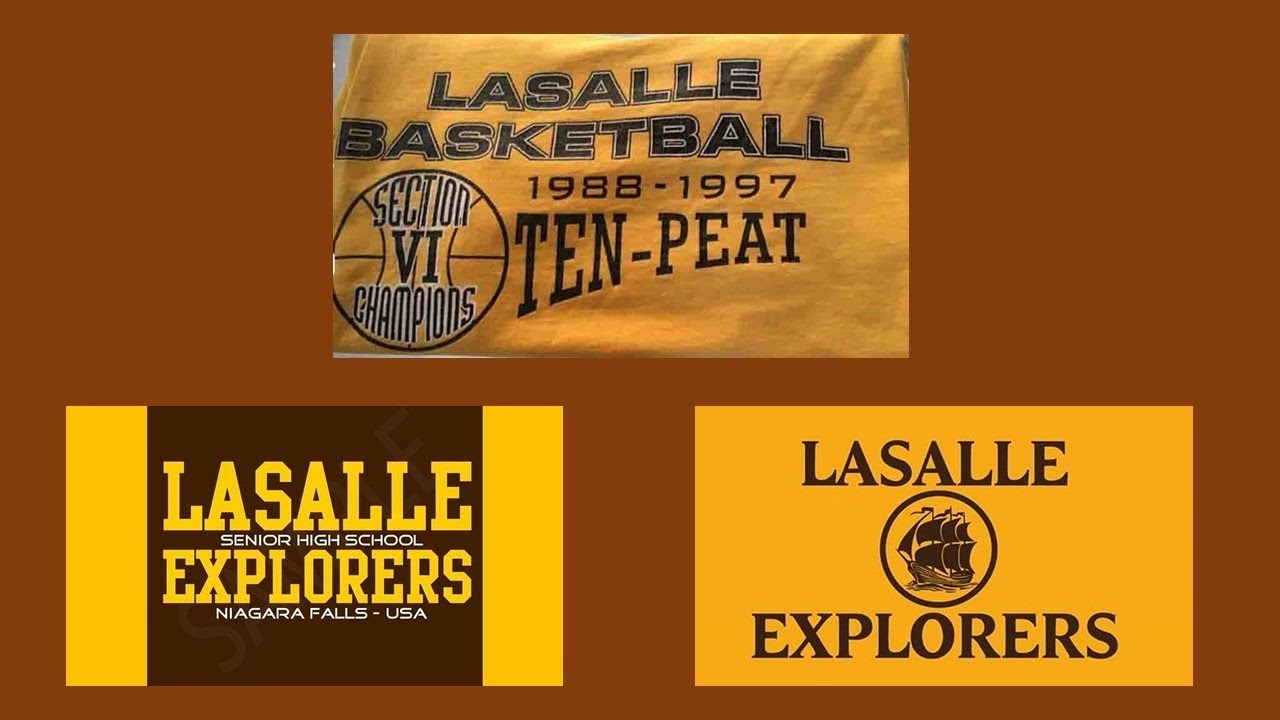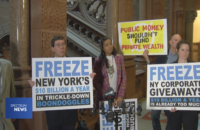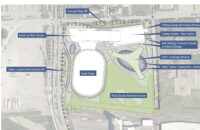Niagara Falls, New York is currently at an extraordinary, perhaps historic, crossroads. At the head of the city is Mayor Robert Restaino, who is solely responsible for deciding whether Niagara Falls will move into the future and accommodate the current demand for high tech data centers or let them be built elsewhere.
Niagara Falls Redevelopment and Urbacon’s offer to build a state of the art data center that will employ more than 500 people is on the table before the city. The developers have the money and know-how, have developed data centers, and have the land.
The land is near downtown, but not in downtown. The land is approximately 60 acres, and for reasons known only to Mayor Robert Restaino, he’s blocking this project.
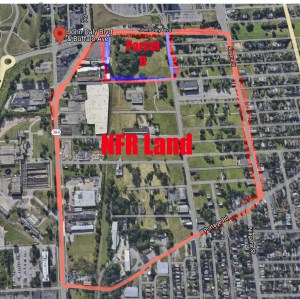
It’s hard to say precisely why he would not want to see a data center built that would be a boon to the community, a boon to employment, and put Niagara Falls in a position of power in the world of the burgeoning development of data centers. Because of artificial intelligence and other cutting-edge developments in tech, this data center would be a significant regional development and attract big name tech companies to the falls, a city once known as The Power City.
Instead, Restaino wants to block this $1.5 billion project by using eminent domain to force the landowners to sell 10 acres to the city right in the middle of where the data center would be built, and taking away its main entrance.
Mayor Restaino claims he wants to take this choice land and effectively destroy the data center project for something he calls Centennial Park.
Centennial Park is not a “park,” as most people know the word. It won’t have an expanse of trees, but rather just one or two acres of green space. About eight of the 10 acres he wants to take from NFR will be used for an arena, and a parking ramp.

Rendering of Restaino’s vision: Centennial “Park”
The mayor has gone to court to force NFR to sell the land to the city, and is well into the long and expensive legal process of eminent domain.
Restaino has touted his Centennial Park arena as the city’s transformative project, arguing it would attract people spending money in the city when they come to events. Restaino is less confident about the financing. The city does not have the money to build an arena. The city is for all practical purposes broke. Its roads are in serious disrepair, crime is soaring, and there is no money to make the down payment on the land Restaino wants to take from NFR.
Restaino has proposed borrowing the money. One of his ideas is to borrow against future federal funds and cut back on road repairs for 20 years to repay the down payment money.

Arenas don’t make money; they never make money. They always cost taxpayers money. The theory is that they bring in revenue that helps local businesses and increases the city’s financial health.
It’s speculative. In terms of employment, no arena can employ 550 people in good-paying jobs like a data center. An arena has very few full-time jobs and many part-time jobs on game or event days.
It’s Oversized
As Restaino estimates, the arena will have 7,000 seats. As experts have pointed out, Restaino’s planned arena is much bigger than desirable for most concerts, and too big for anything but professional sports events. But Restaino has not identified any local professional sports teams that need an arena.
He has not named any concerts he expects to book, though he did mention Johnny Cash, Elvis Presley and the Bee Gees as the kind of acts that once came to the falls in the 1970s. The problem with a too-large arena for concerts is that an largely empty arena makes the concert look like a failure. A full house provides an ambience that an empty house does not and smart concert promoters look for venues their acts can fill. They try to right-size the arena and Restaino’s arena will be right size for very few acts. However, Restaino accurately described the kind of acts he needs, though Cash, Presley and the Bee Gees are no longer performing.
Funding
More importantly, Restaino still needs to identify the funding to build this taxpayer-funded arena. He says he needs $150 million to build it. He also needs an estimated $30 to as much as $100 million to pay for the land he wants to take, land in the middle of a $1.5 billion project. The way eminent domain works is that Restaino can take the land on behalf of the city, but he does not decide how much it is worth. The courts decide, and both sides are heard. Based on past eminent domain takings, the land is worth about $30 million.
But this case is different. Included in the court’s consideration of the land’s value is not just the 10 acres of land as if it were sitting idle. The lost economic costs of the entire 60 acres and the lost profits of $1.5 billion data center are sure to enter into the equation. After all, Restaino’s choice of land – if he continues to push through with it, will kill a $1.5 billion project.
Another Choice
It is peculiar. The city could build the arena on city-owned land, where taxpayers would save the cost for the land, and the legal fees of years of outside lawyers. The taxpayers also won’t need a $30 million parking ramp, since there is already a parking ramp next to the city-owned land where the arena could be built.
Instead of $250 million, the cost could be $100 million.
The mayor does not have to fight and spend millions to force a sale of 10 acres of NFR’s land and block a 60-acre, $1.5 billion data center that will employ 500 people to build his hoped-for arena.
Unless of course he wants to fight.
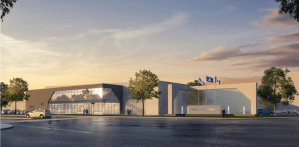
Rendering of NFR’s proposed Digital Campus
Read also:



